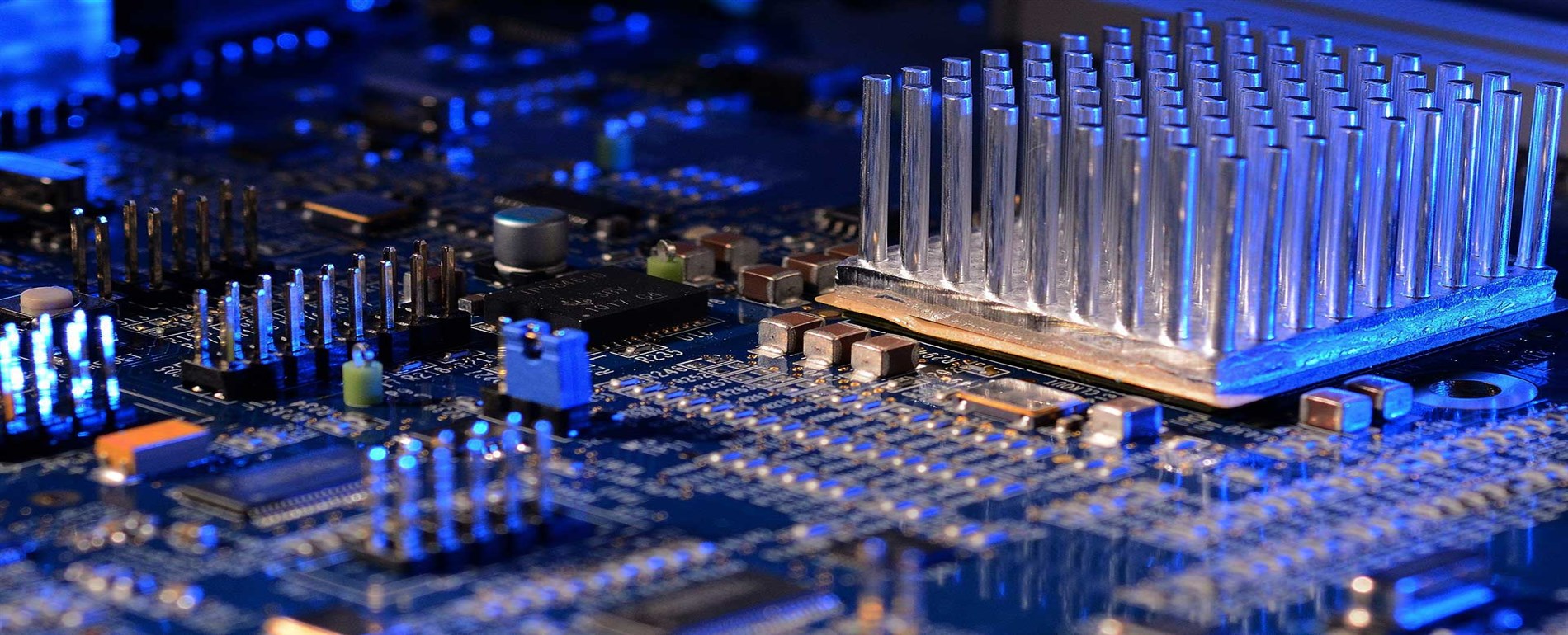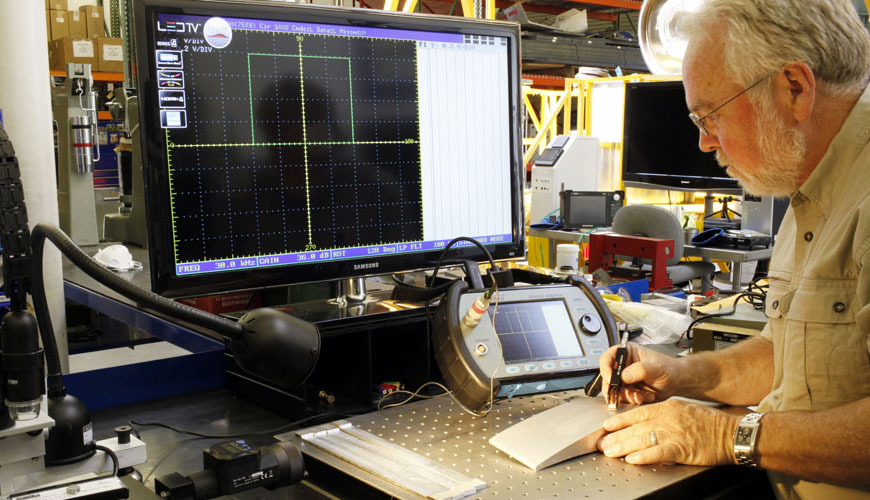

EUROLAB laboratory provides testing and compliance services within the scope of the IEC 62475 standard. The IEC 62475 standard applies to high-current tests and measurements on both high-voltage and low-voltage equipment. It deals with steady-state and short-time direct current (such as encountered in high-power dc testing), steady-state and short-time alternating current (such as encountered in high-power ac testing), and impulse current.

In general, currents above 100 A are considered in this International Standard, although lower currents than this may occur in tests. This standard also covers fault detection during lightning strike testing. This standard:
Measurement Systems
It is defined as a complete set of devices suitable for making measurements of a quantity to be measured (measured quantity). The software used to obtain or calculate measurement results also forms part of the measurement system. A high current measurement system usually includes the following components:
Measurement systems that contain only some of the above components or that are based on unconventional principles are acceptable if they meet the uncertainty requirements set out in this standard.
The environment in which a measurement system operates, living spaces, live and grounded structures, and the presence of electromagnetic fields can significantly affect the measurement result and its uncertainty.
EUROLAB, with its more than 25 years of experience, state-of-the-art accredited laboratories and expert team, helps you get precise and fast results. Do not hesitate to contact our laboratory for your testing and certification requests.
To get an appointment, to get more detailed information or to request an evaluation, you can ask us to fill in our form and reach you.